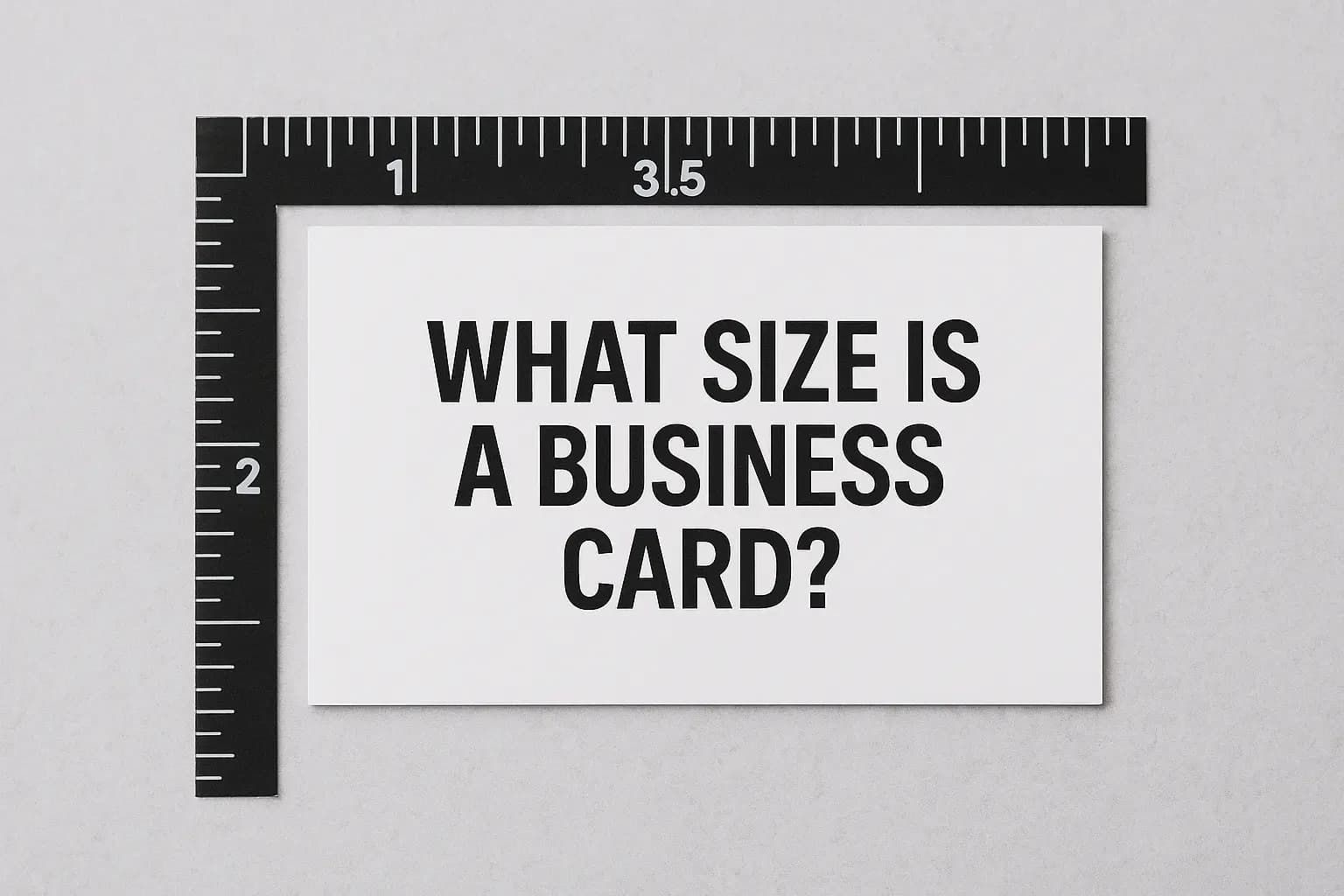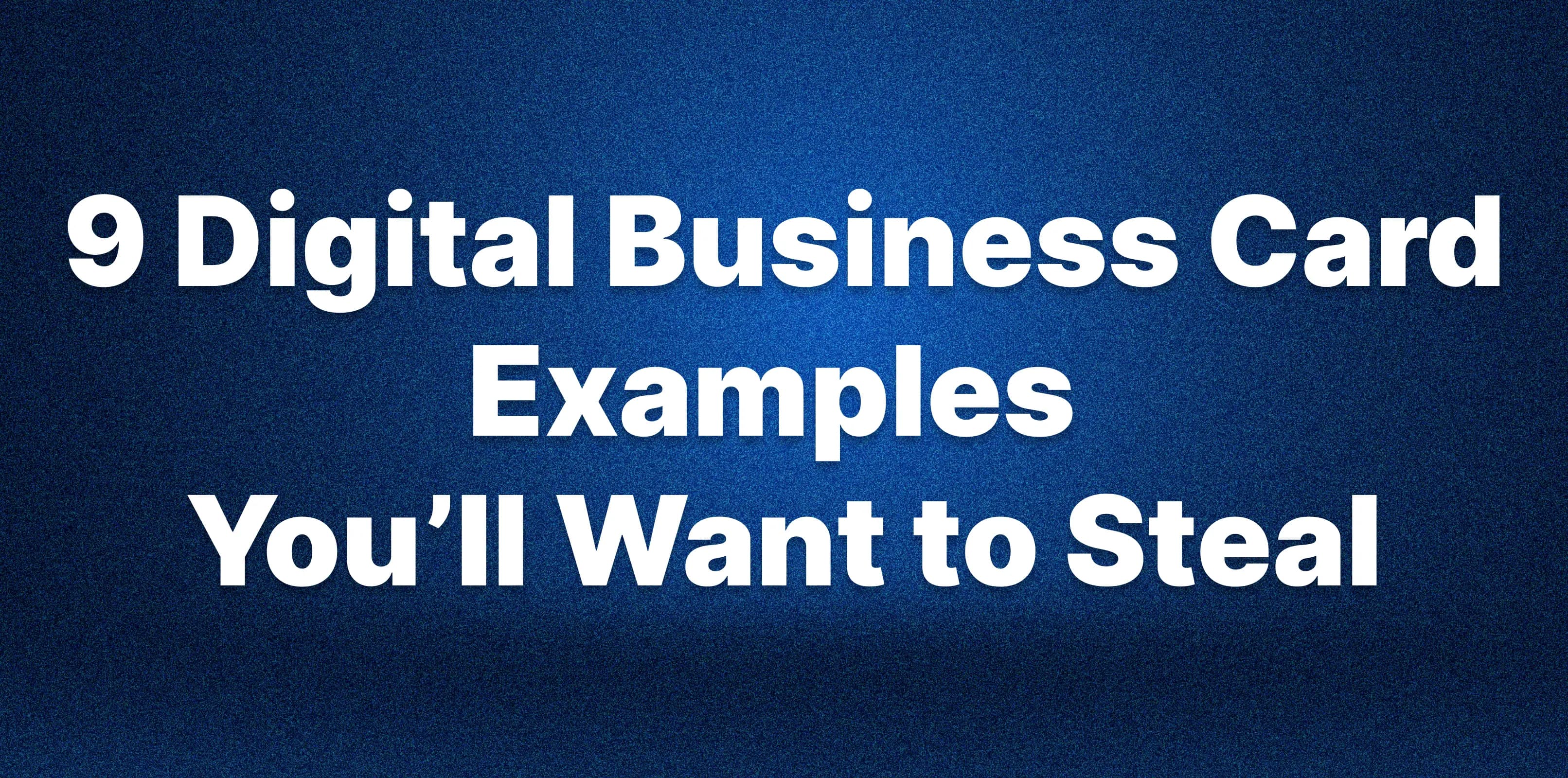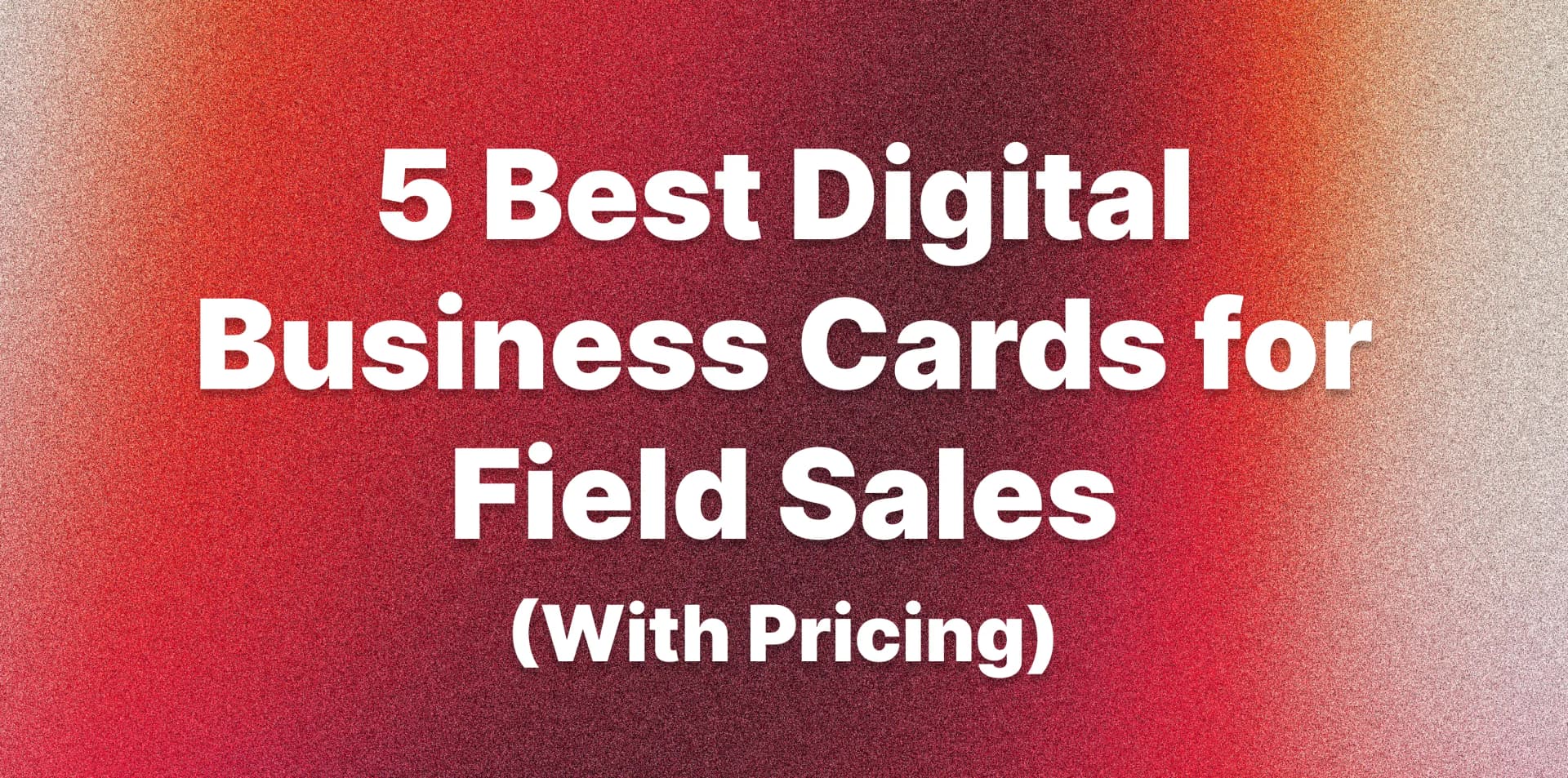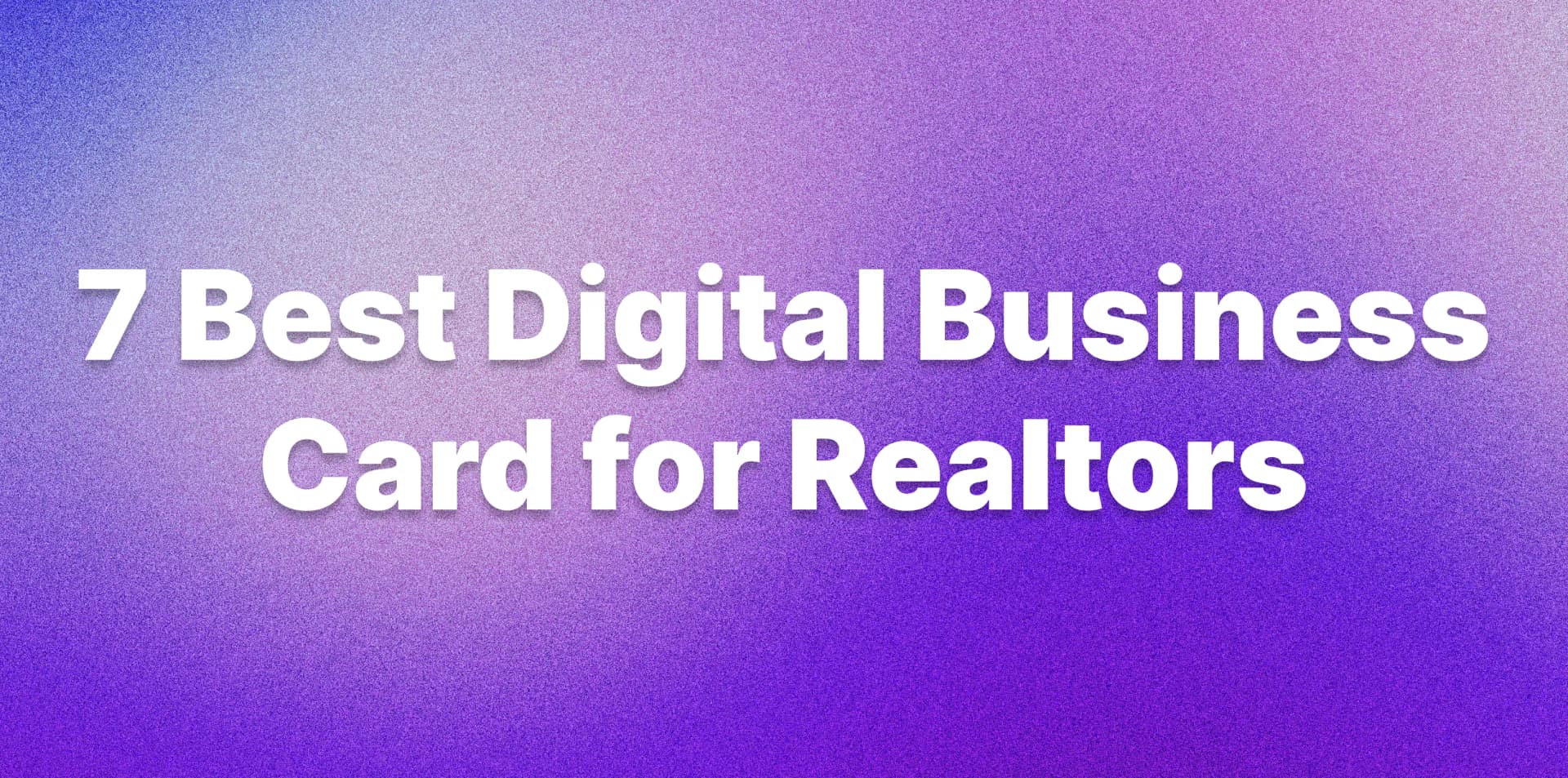What Size Is a Business Card: Full Guide with Examples

Wondering what size is a business card or how big is a business card? The standard dimensions haven’t changed much over the years, and we’ll cover them in detail below.
But in 2025, that fixed size creates a bigger issue: you’re limited by what you can fit on it. One name, one title, one number — that’s about it. And in a world where your work lives online, that tiny space limits how you present yourself, and that’s a problem.
Let’s start with the traditional sizes — and then talk about why they no longer work.
Traditional Business Card Sizes
Business cards have stayed nearly the same size for decades, mainly because they fit easily in a wallet, but are too small to fit what modern professionals need to share. Here are the most common specs:
- U.S. & Canada: 88.9 × 50.8 mm (3.5″ × 2″)
- UK & Western Europe: 85 × 55 mm (~3.35″ × 2.17″)
- Australia & New Zealand: 90 × 55 mm (3.54″ × 2.17″)
- Japan: 91 × 55 mm (3.58″ × 2.17″)
All in, you get about 7 square inches to work with. And that’s if you use both sides effectively, which leads us to the actual issue.
The Size Problem
That tiny rectangle forces a decision: what must you include, and what gets cut?
Sure, you can include your name, title, email, phone number, and possibly a website. But what about:
- Your portfolio
- Multiple social profiles
- A meeting scheduler
- Or even something simple like an interactive map to your office
Even if you include a single URL, most people won’t type it later. That’s assuming they keep the card.
And once your phone number changes, your job title shifts, or your branding gets updated, all those printed cards are instantly outdated. You’ll need to throw them out and print a new pack, which makes the whole process inflexible, wasteful, and unnecessarily expensive over time.
Time to think beyond paper.
Start Using Digital Business Cards
Traditional cards have limits. Digital business cards don’t.
Physical dimensions don’t bind them, they don’t become outdated, and they don’t require constant reprints. One link or QR code is all it takes to share your full professional profile from any device.
Digital business cards are already widely used by professionals who want a more flexible way to connect.
Why Go Digital?
- Unlimited Content: Add everything you need — from links and images to video intros or booking tools.
- Live Updates: Change your details anytime without needing to print anything.
- Fast Sharing: Send it via link, QR code, or NFC tap — no app required.
- Interactive Experience: One tap to call, message, open maps, or visit your portfolio.
- Detailed Analytics: See who viewed your card, what they clicked, and when.
- Better for the Planet: No trees, no ink, no waste — just data.
Digital business cards aren’t just more convenient. They’re more powerful — and built for how we actually connect today.
To put it in perspective, here’s a quick comparison of traditional vs. digital business cards:
Characteristic | Traditional Cards | Digital Business Cards |
|---|---|---|
Physical Size | ~3.5″ × 2″ fixed rectangle | Unlimited – not constrained by physical dimensions |
Info Capacity | Very limited (front/back of a small card) | Virtually unlimited (add as many links and details as needed) |
Editable/Updatable | No – must print new cards for changes | Yes – update any time, updates sync to your card instantly |
Interactive? | No – static text only | Yes – clickable links, buttons, multimedia content |
Trackable? | No – can’t know if it’s used | Yes – view analytics on card opens and link click |
Reusable/Shareable | One per person; handing out means losing a card from your stash | Infinite – share via QR/NFC/link without ever “running out” of cards |
Environmental Impact | Requires paper, ink, and physical distribution (not eco-friendly) | No paper or physical waste |
Cost in the long run | Ongoing reprint costs for updates or more cards | Often free or low-cost; no reprints needed |
As you can see, digital cards outshine traditional cards on pretty much every metric except perhaps the nostalgic feel of handing someone a cardstock rectangle. They remove the old limitations and add new capabilities that make networking easier and more effective.
Conclusion
So, yes — the answer to what size is a business card is still 3.5″ × 2″. But in 2025, that’s not the question that matters.
Physical cards are limited, outdated, and easily forgotten. Digital business cards, on the other hand, are flexible, interactive, and built for how we connect today.
Stop cramming your identity into a few inches of cardstock. Create a digital business card at DigitalBusinessCard.com and share your full story.


